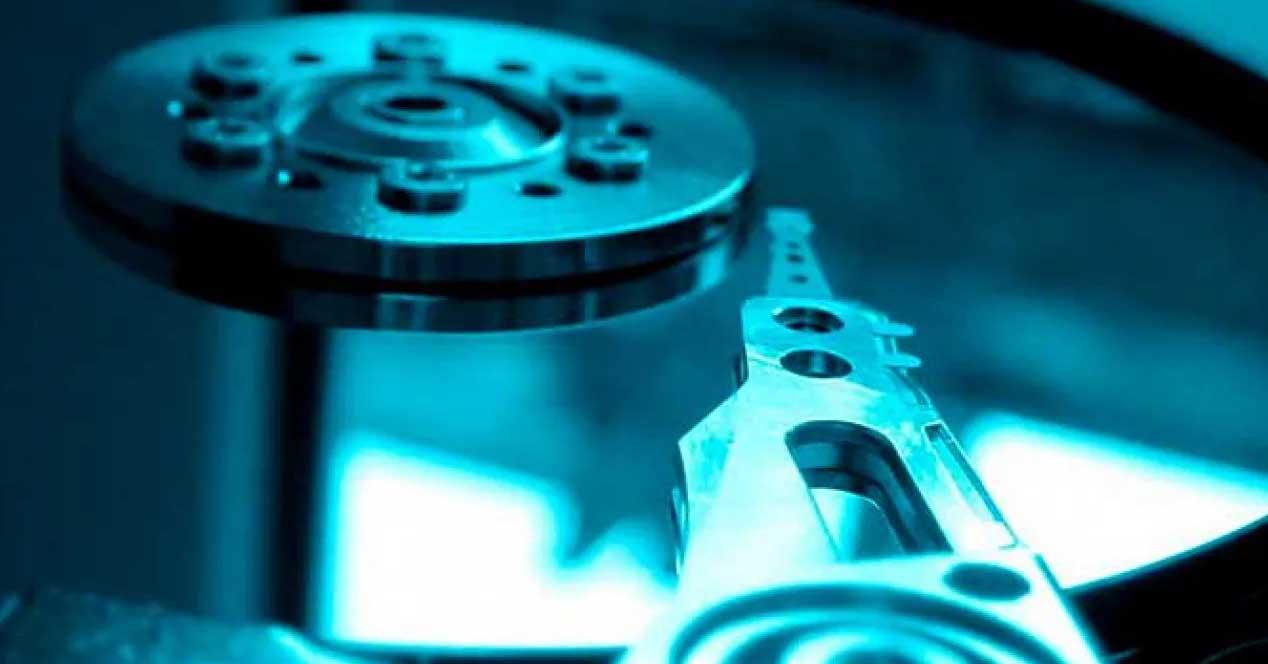Unlike volatile memory (like RAM), HDDs They store information physically so that even if we leave it without power, the data is not lost. However, that doesn’t mean that they can store data in a perennial way, and indeed if you have a hard drive kept in a drawer for too long, potentially you will end up losing data container.
The typical warranty for a hard drive is 5 years; This number assumes regular use of the device, and if you use it only sporadically, away from electromagnetic interference and under ideal ambient temperature and humidity conditions, it can probably last for many years to come. But what if you never connect the hard drive to electric current? Will the data still be there if you plug in a hard drive in, say, 20 years?
The data on your hard drive has an expiration date
The ability of storage devices to keep the data they contain intact is called the data retention rate. The actual rate of devices that are not powered and do not experience updates to their data (without power, forgive the redundancy) largely depends on the environmental conditions in which they are stored, with ideal conditions being a cool environment. and dry and in which the temperature is kept constant at 25 ° C.
Under these ideal conditions, a hard drive should retain its data for a period of between 10 and 20 years old. This is the case for different conditions:
- Deterioration of the magnetic field: as you know, traditional hard drives use a magnetic field, which gradually loses its intensity with a rate of about 1% per year. So, after 69 years, the magnetic field of a hard drive will have been halved, but it does not take much for the corruption of stored data to occur, in addition to the loss of track marks and file index. disk (this is what tells the head where each sector begins and ends).
- Corruption of the magnetic field: Magnetic fields external to those of the hard drive itself can adversely affect stored data by changing the load at one or more locations. Magnetic disturbances can be caused by magnets, high power motors, or even electrical storms. Likewise, users tend to store hard drives together, on top of each other which is bad because even slightly the field of one interferes with the other.
- Environmental conditions: The humidity and temperature ranges of hard drives differ depending on the manufacturer. For example, Western Digital recommends storing your hard drives between 12 and 32 ° C. Too high or too low temperatures can also accelerate the process of data degradation of the hard drive, too much humidity can lead to deformation of the heads or misalignment of the shaft and motor.
So, is it good to plug in hard drives every now and then?
Definitely yes, and that’s what the industry calls “puck practice”. It is advisable to connect the hard drive every now and then (be it internal drive or USB), say once every two years at least, as this will reduce the deterioration of the stored data. In fact, it is advisable to “refresh” the entire hard drive; it’s a matter of creating an image of the disk, formatting it and reloading the image inside, which will serve to rewrite all the data and its indexes to ensure that it is still good.
In any case, even if you don’t do a full hard drive refresh, it is still advisable to plug it in and leave it on for a few hours every now and then, because at least when you plug it in, the index will be read. You can also make a CHKDSK to the device to make sure all data is correct.










